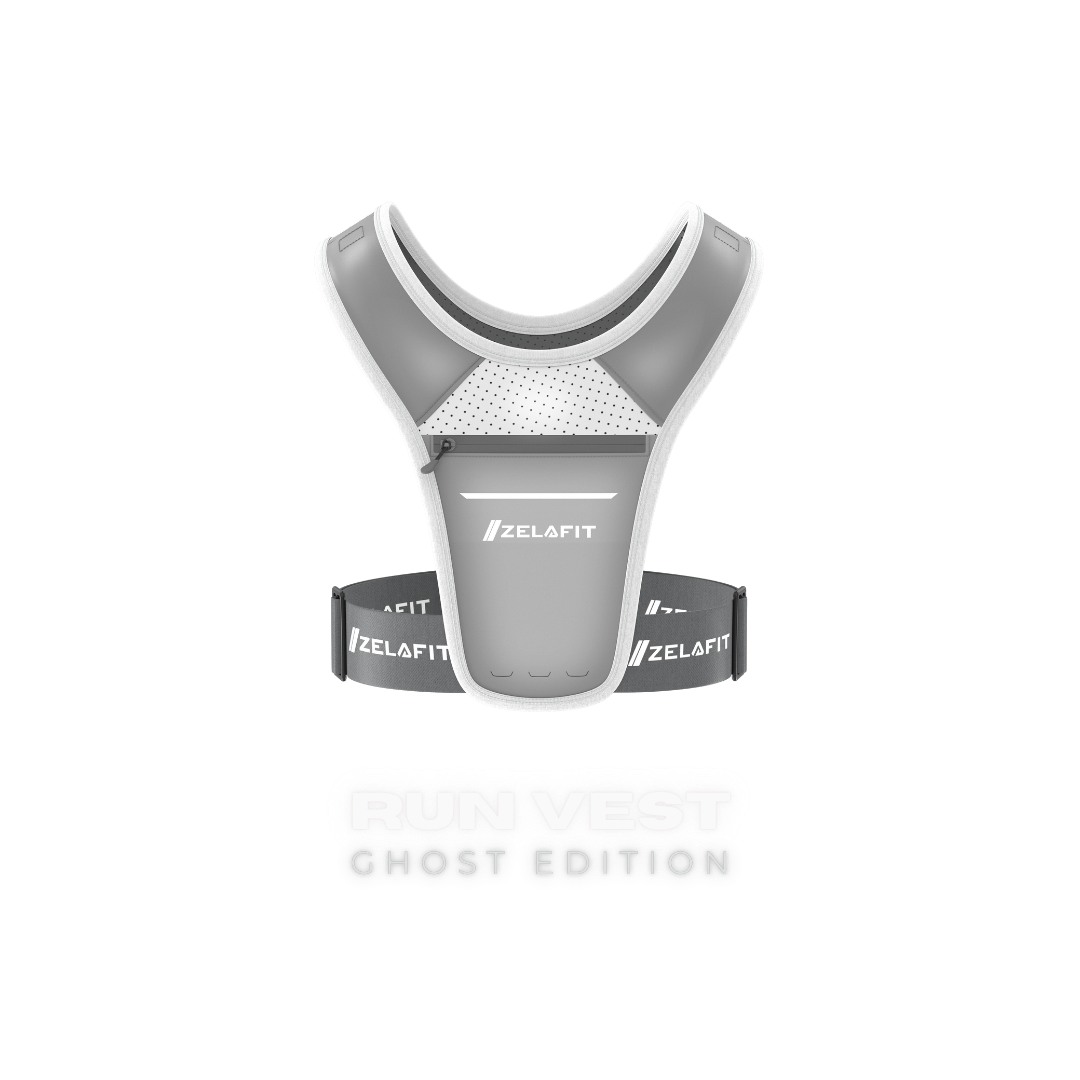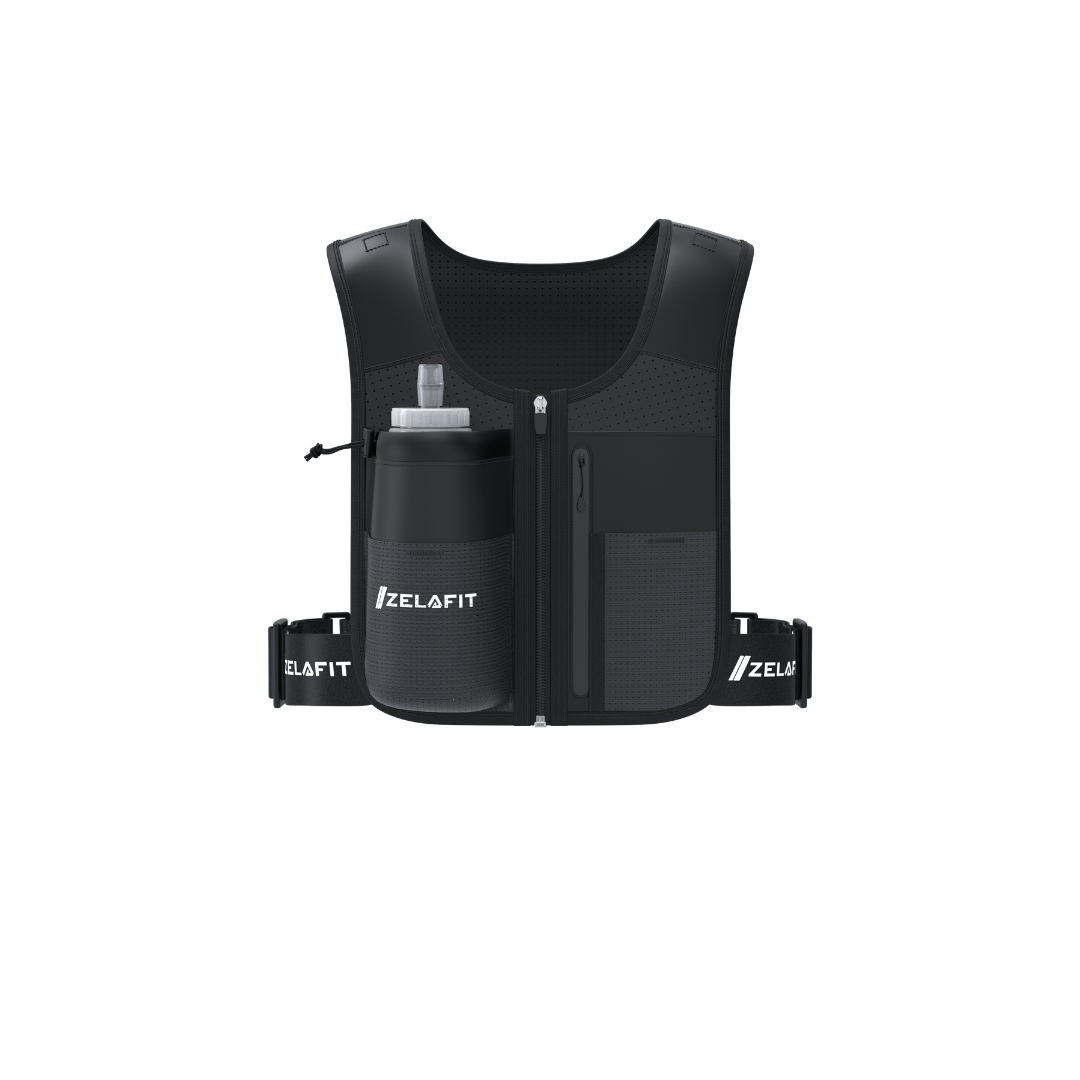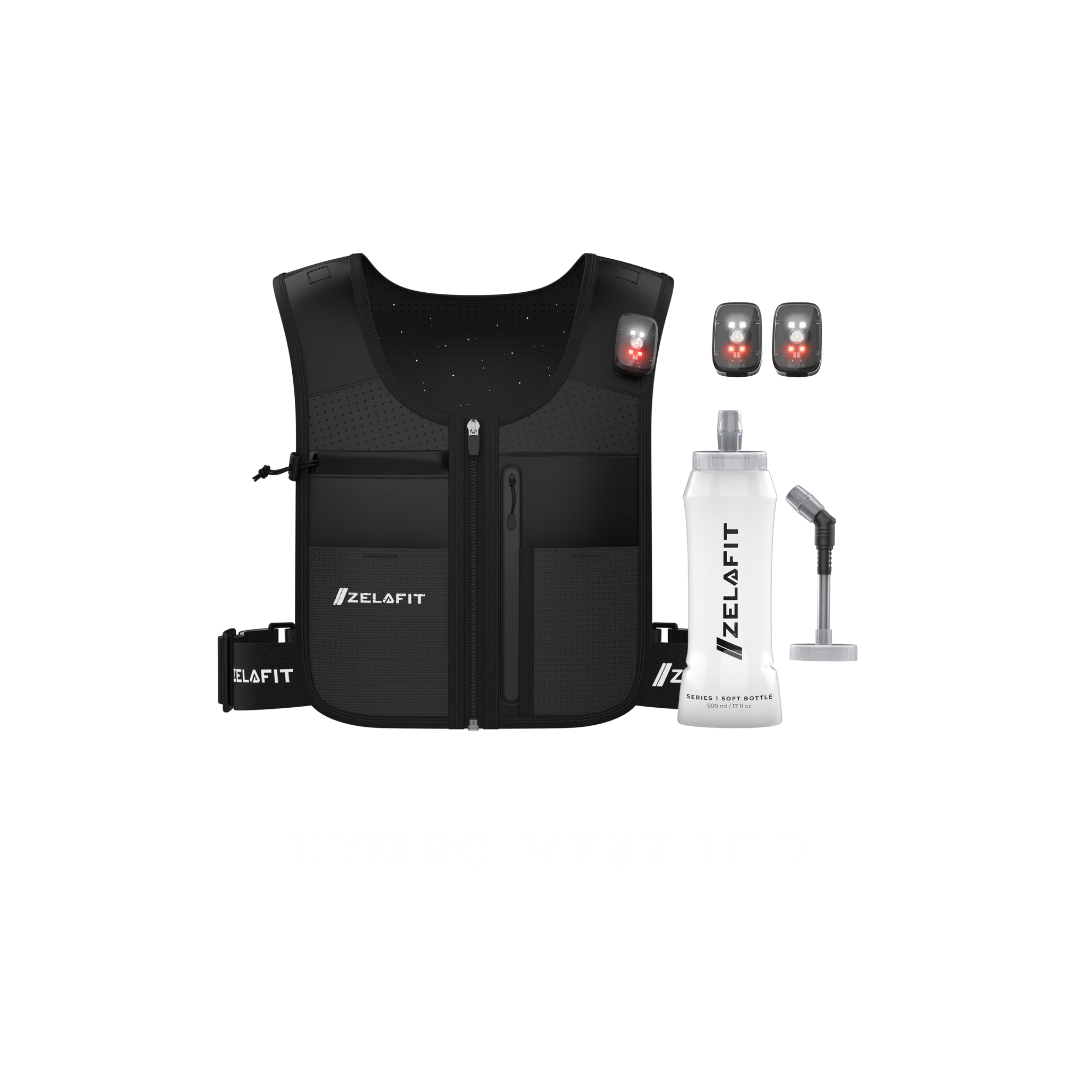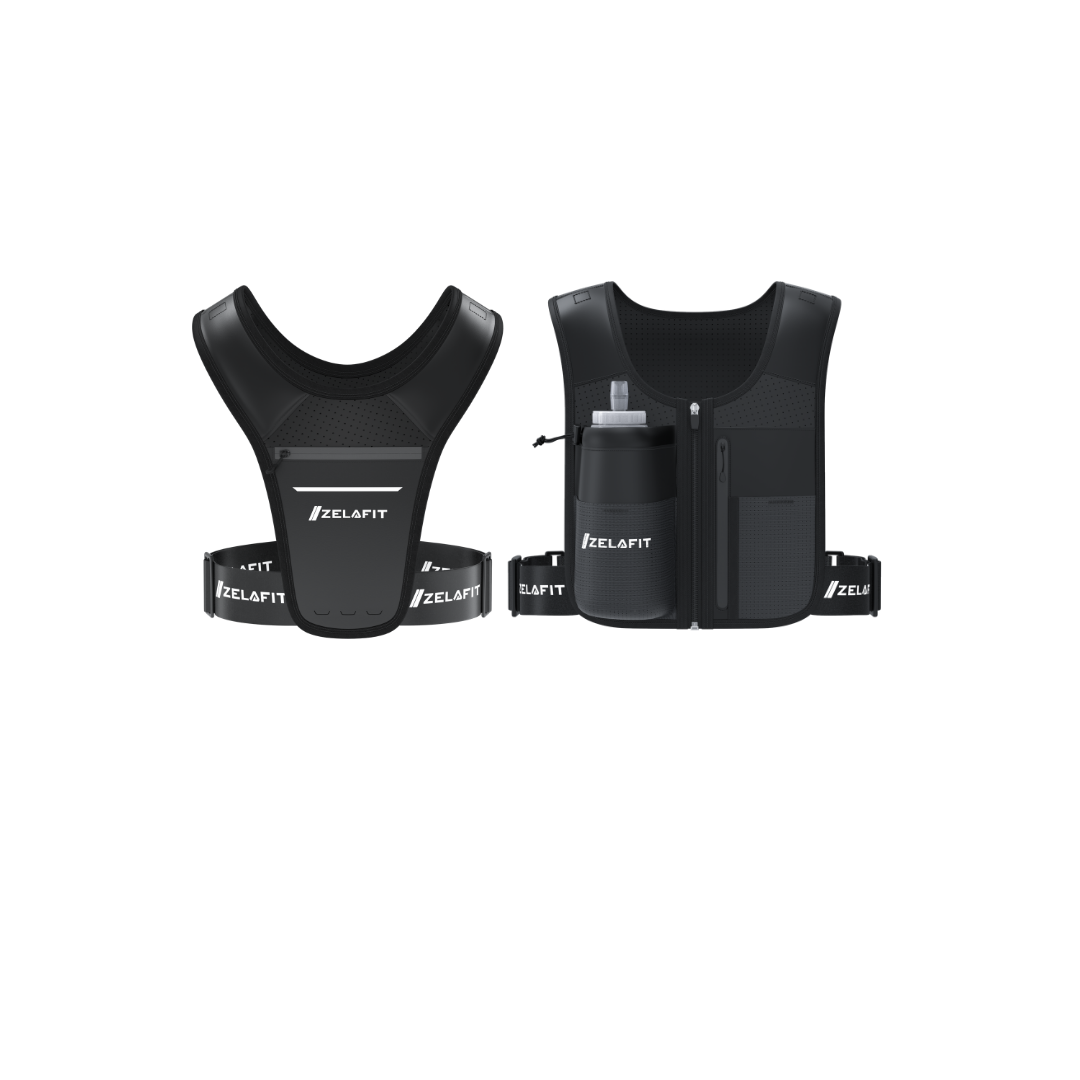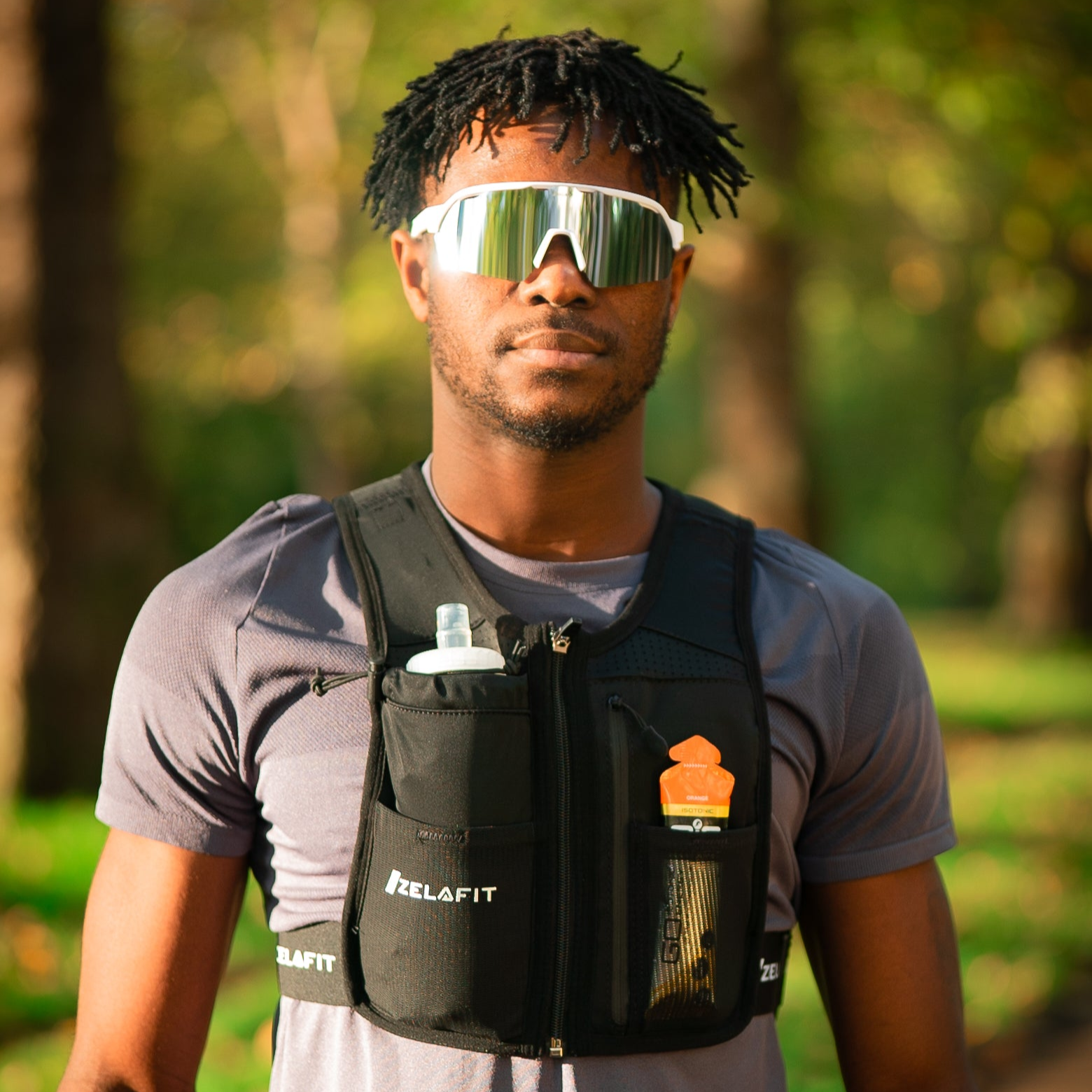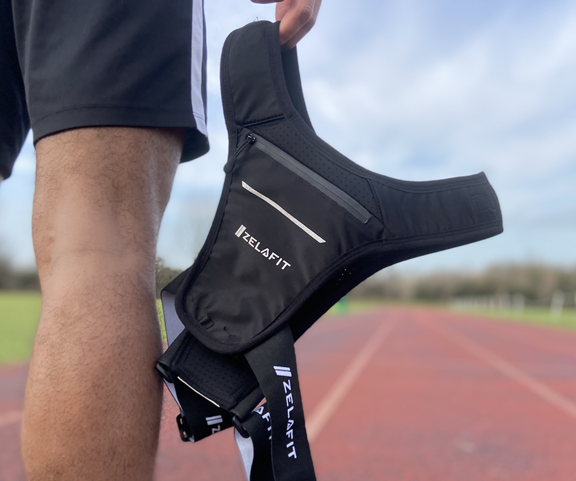Hydration Tips for Runners: Stay Fueled, Stay Strong
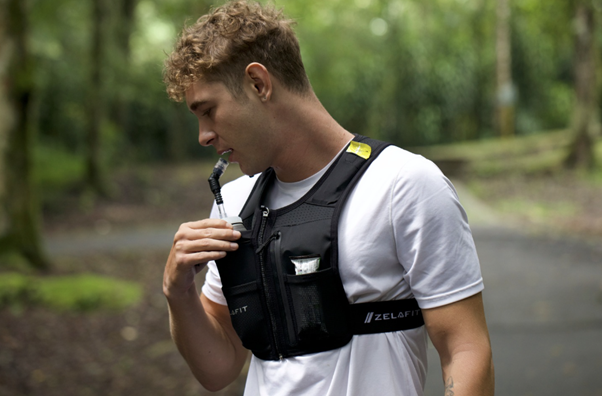
Hydration is a crucial aspect of running that’s often overlooked, yet it can make or break your performance. Whether you’re a seasoned marathoner or just starting out, understanding how to properly hydrate can help you run longer, recover faster, and avoid common pitfalls like cramps or fatigue. In this guide, we’ll cover everything you need to know about staying hydrated on your runs.
1. Why Hydration Matters for Runners
When you run, your body sweats to cool down, losing fluids and essential electrolytes in the process. If these fluids aren’t replenished, you can experience dehydration, which can lead to decreased performance, muscle cramps, dizziness, and in extreme cases, heat exhaustion.
Proper hydration helps to:
- Maintain Performance: Staying hydrated keeps your energy levels stable and helps prevent early fatigue.
- Support Recovery: Water aids in the recovery process by helping to flush out toxins and transport nutrients to your muscles.
- Regulate Body Temperature: Adequate hydration helps your body regulate its temperature, especially during hot or humid conditions.

2. How Much Water Should You Drink?
The amount of water you need depends on several factors, including your body weight, the intensity and duration of your run, the weather, and your personal sweat rate. However, here are some general guidelines:
- Daily Hydration: Aim to drink about 8-10 cups (2-2.5 liters) of water per day to stay hydrated, even on non-running days. This baseline hydration is crucial for maintaining your body’s normal functions.
- Pre-Run Hydration: Drink about 16-20 ounces (500-600 ml) of water 2-3 hours before your run. If it’s hot outside, you may want to drink an additional 8-10 ounces (250-300 ml) 30 minutes before you start.
- During Your Run: If your run lasts less than an hour, sipping water every 15-20 minutes should suffice. For longer runs, consider carrying water with you or planning your route to include water stops. Aim for about 5-10 ounces (150-300 ml) every 20 minutes, depending on your sweat rate.
- Post-Run Hydration: Replenish lost fluids by drinking 16-24 ounces (500-700 ml) of water for every pound of body weight lost during the run. You can also include an electrolyte drink to help restore sodium, potassium, and other minerals lost through sweat.
3. The Role of Electrolytes
Electrolytes—such as sodium, potassium, magnesium, and calcium—are minerals that help regulate fluid balance, muscle contractions, and nerve function. When you sweat, you lose electrolytes, and it’s important to replenish them, especially during long or intense runs.
- When to Use Electrolyte Drinks: If you’re running for more than an hour, or if it’s particularly hot and humid, consider an electrolyte drink to help maintain balance. These drinks can also help prevent hyponatremia, a condition caused by drinking too much water without enough sodium, leading to dangerously low sodium levels in the blood.
- DIY Electrolyte Solution: If you prefer a homemade option, mix water with a pinch of salt and a splash of natural juice like lemon or orange. This simple drink can help restore your electrolyte levels during or after a run.

4. Tips for Staying Hydrated on the Go
Carrying water with you on a run can be a challenge, but there are several options that make it easier:
- Hydration Vests: Lightweight vests like the ZelaFit Hydro Vest Gen 1 can hold a water bottle, gels, and other essentials without bouncing or chafing.
- Handheld Bottles: Some runners prefer handheld bottles with straps that make it easy to carry water while keeping your hands relaxed.
- Route Planning: If you prefer not to carry water, plan your running route around water fountains, convenience stores, or other places where you can stop for a quick drink.
5. Signs of Dehydration
It’s important to listen to your body and recognise the signs dehydration:
- Signs of Dehydration: Dark urine, dizziness, dry mouth, headache, and fatigue. If you experience these symptoms, it’s time to stop and hydrate.
To avoid this, monitor your hydration levels, and adjust your intake based on how you feel.
6. Hydration for Different Weather Conditions
Your hydration needs will vary with the weather:
- Hot and Humid Weather: Increase your fluid intake before, during, and after your run. Consider adding electrolytes to your hydration routine to replace the extra salts lost through sweating.
- Cold Weather: Even though you might not feel as thirsty in colder weather, you still need to hydrate. Cold air can be dehydrating, and you may not notice sweat as much under layers of clothing.
- Windy Conditions: Wind can increase sweat evaporation, leading to dehydration. Make sure to drink regularly, even if you don’t feel overly sweaty.

---
Final Thoughts
Hydration is key to your running success, helping you stay energised, focused, and strong from start to finish. By understanding your body’s hydration needs and planning ahead, you can avoid the pitfalls of dehydration and overhydration, ensuring that every run is as enjoyable and effective as possible.
Whether you’re prepping for a short jog or a long-distance race, remember to prioritise hydration as part of your running routine. Your body and your performance will thank you for it.
Explore our hydration gear to keep you running at your best.

